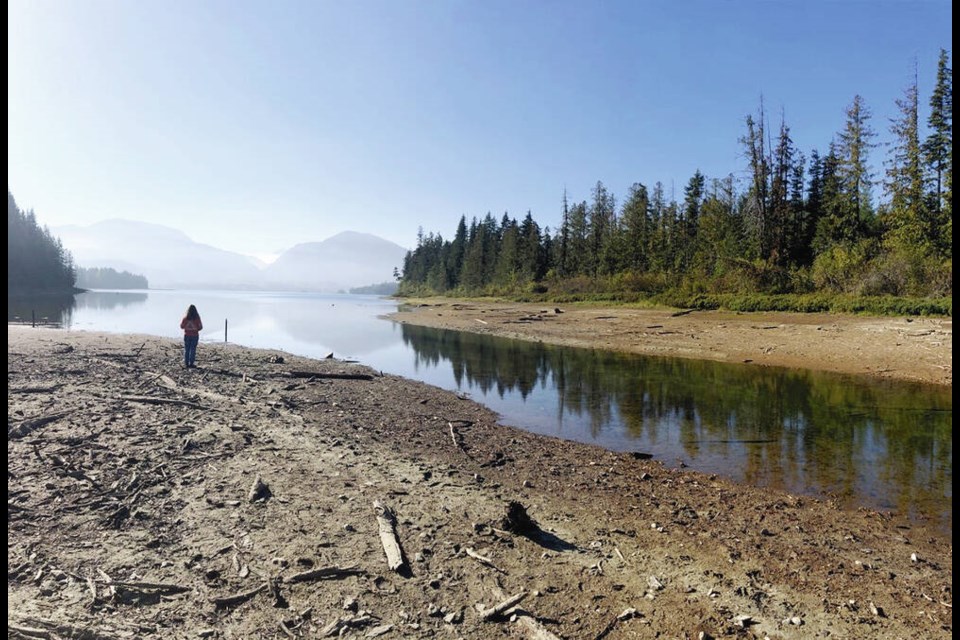For only the second time on record, huge pumps have been set up in Upper Quinsam Lake west of Campbell River to ensure there is enough water in the region’s waterways to allow salmon to spawn and to protect new spawning beds at risk because of the ongoing drought.
Pumps started working Friday to send water through several hundred metres of pipes into neighbouring Wokas Lake to maintain the current river flow rate. The lakes are connected by a channel.
The goal is to ensure water levels do not drop below what’s needed for hundreds of thousands of spawning pink, coho and chinook salmon leaving ocean waters to fight their way up the Campbell River and into the Quinsam River system.
The flow rate will be maintained at 0.7 cubic metres per second and can be continued if needed into November, when heavy rains are anticipated, sa国际传媒 Hydro spokesman Stephen Watson said Friday.
Watson said the move, which has only been done once before, in 2000, is necessary to protect an important river system.
Every year, salmon head six to seven kilometres up the Campbell River and then into the Quinsam River, a tributary with 28 kilometres of spawning habitat. Without the additional water now being pumped from the lake, the drought would have imperiled the salmon waiting to spawn as well as the nests recently built by spawning pinks.
There are an estimated 325,000 pinks in the Quinsam River that have largely completed their spawning. That meets Fisheries and Oceans’ target of 250,000 pink salmon travelling past the Quinsam hatchery fence, Watson said.
Next to arrive will be the coho salmon. About 600 in the Quinsam River now are expected to begin spawning after Oct. 31. Juvenile cohos and steelhead are also in the river.
Chinook salmon are downstream of the Quinsam hatchery fence and in the Campbell River as well, Watson said.
sa国际传媒 Hydro worked with Fisheries and Oceans sa国际传媒 and Mosaic Forest management, which allowed quick access to sites so the pumps could be installed.
There isn’t enough rain in the forecast to make a difference to the salmon until at least the middle of next week, said Watson, which is why sa国际传媒 Hydro, which has dams and equipment on the river systems, moved quickly to set up three pumps and has a fourth on standby.
sa国际传媒 Hydro’s scientists have estimated that about 100 millimetres of rain for a week or so is required to saturate the ground and fill lakes to mitigate drought impacts. Extreme drought is drying up smaller river systems needed by the fish to spawn. Tens of thousands have died already — piles of dead salmon on the central coast made international headlines at the start of this month.
>>> To comment on this article, write a letter to the editor: [email protected]



